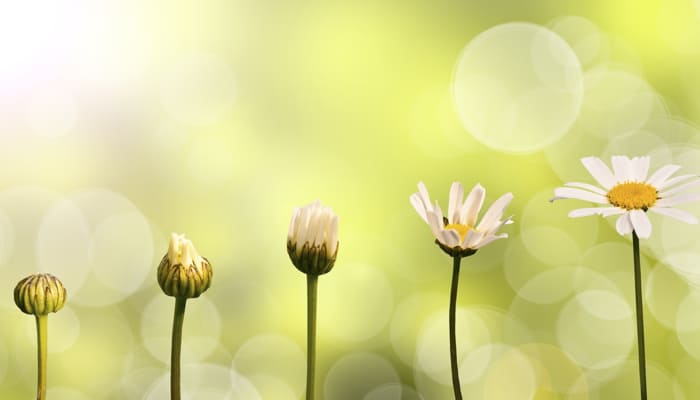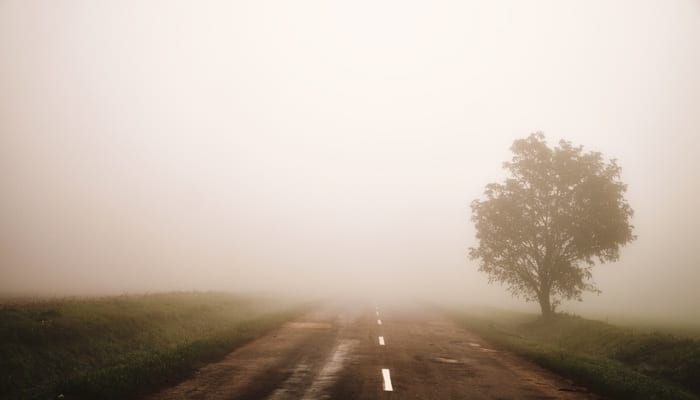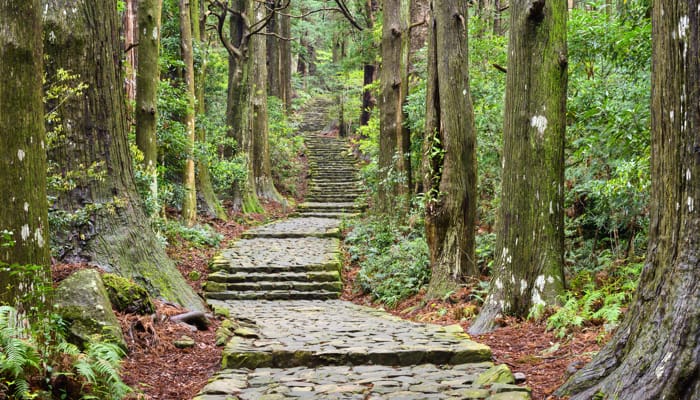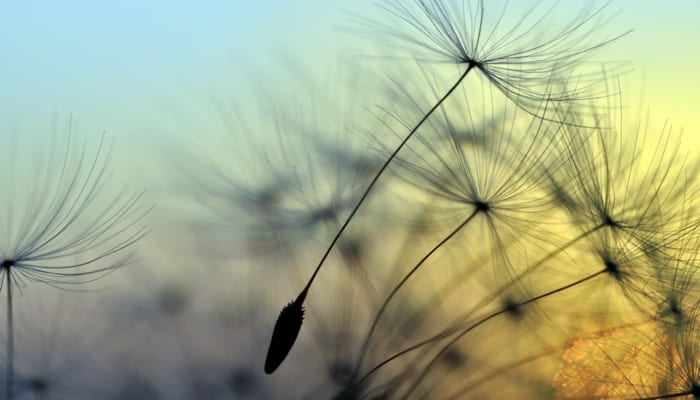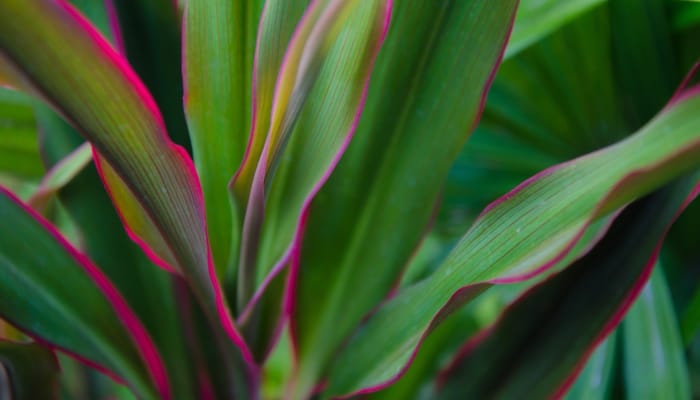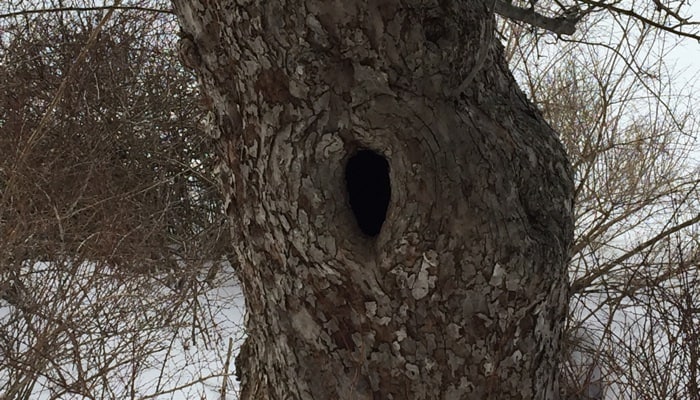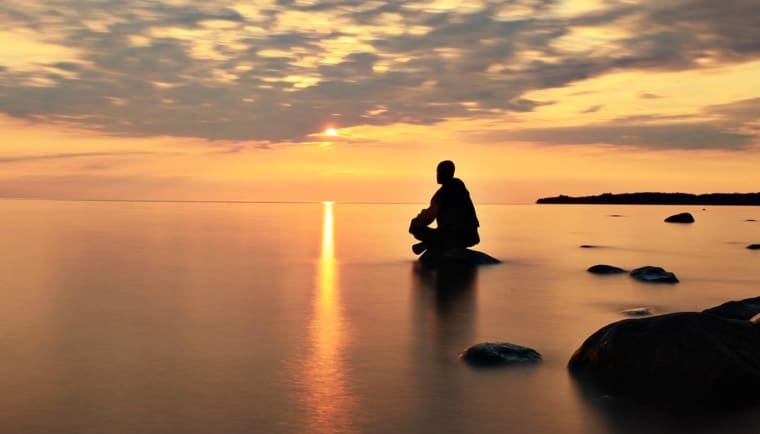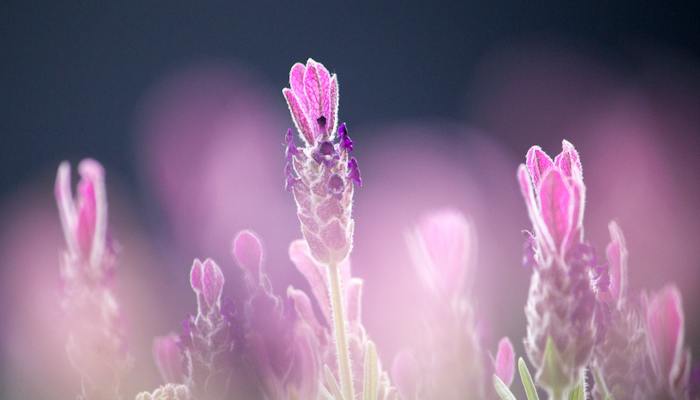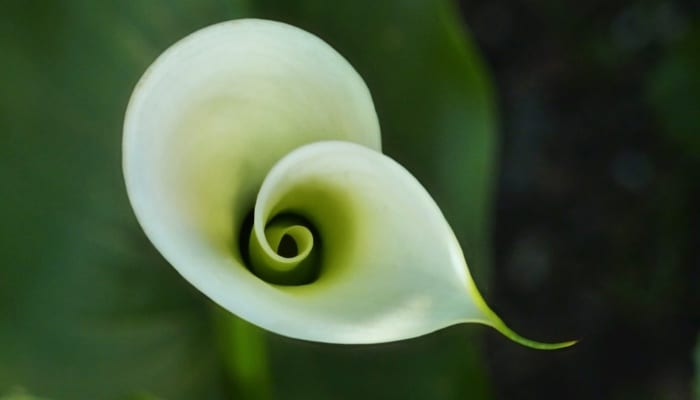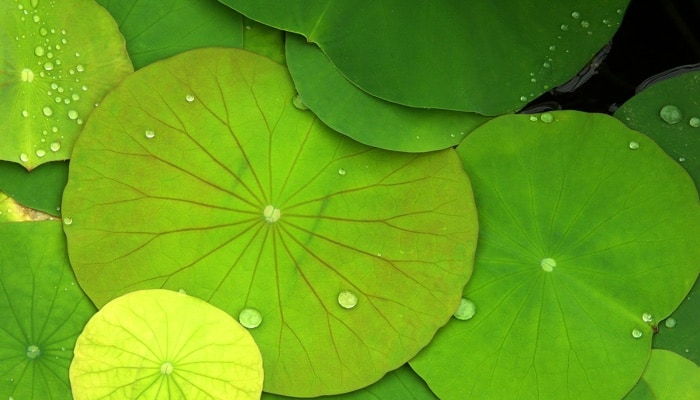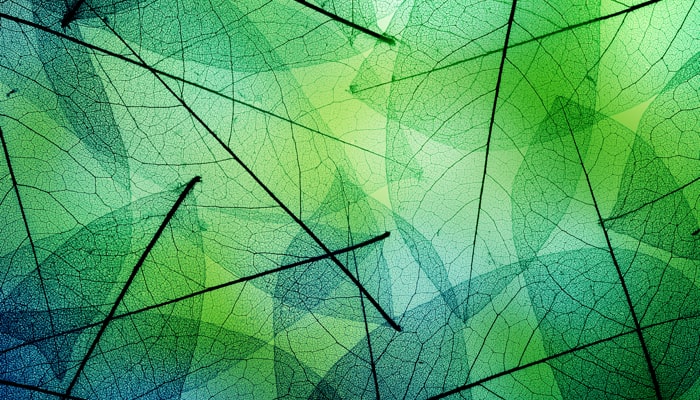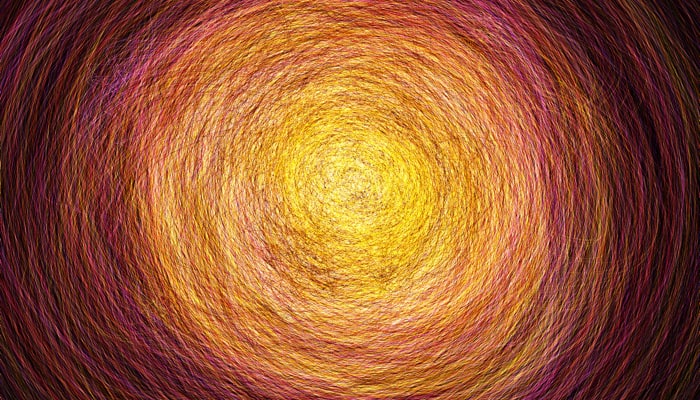Category: Blog
Blog: Insight Inquiry: Calling Forth Inner Wisdom
By Isa Gucciardi, Ph.D.
In the therapeutic model I developed, Depth Hypnosis, one of the processes I created for working with clients is a method of asking questions that I call Insight Inquiry. From the point of view of the practitioner, the task in working with Insight Inquiry is, in essence, to ask questions only about the issues at hand that are based on the answer to the previous questions. This process helps clients to discover themselves at a deeper level.
Blog: Thinking about Grief
By Isa Gucciardi, Ph.D.
When I first read On Death and Dying by Elisabeth Kübler-Ross in the early seventies, I was thrilled that someone was actually talking about death. I had just moved to the United States, after having spent most of my early years in other countries. As I was trying to orient myself to the American culture, I had become acutely aware of the way no one around me really wanted to talk about things that I thought were pretty important – death, for example. I had resigned myself to watching television just so I would have something to talk about with the other teenagers at school, but it was not really that interesting to me.
Blog: Managing Initiation
By Isa Gucciardi, Ph.D.
In traditional cultures, the way a culture meets and manages the initiatory processes of its individual members is one of its defining qualities. The management of these initiations is generally accomplished by helping the initiate move through a ritual of some kind. Initiatory rituals can be very elaborate and well defined. In fact, anthropologists generally learn about a culture through the study of initiation rituals.
Rituals and culturally defined structures are good management tools to direct and hold the power of the initiatory process. However, a significant drawback to many rituals and cultural structures is that they have been designed to direct the power that is released in the initiatory process into the society’s structures, rather than dedicating it to the initiate.
Blog: Awakening the Wisdom of Ancient Hawaii
By Isa Gucciardi, Ph.D.
While Laura Chandler and I were in Iowa during the past week on our book tour for Coming to Peace, I found myself talking more about my childhood in Hawaii than I normally do as the friendly and curious people in Iowa asked questions about the history of the book. Everyone was interested in Hawaii and the ancient Hawaiian practices that are discussed in the book.
In August, I will be teaching a workshop on the Big Island of Hawaii called Huna: The First Psychology. As I answered questions about the workshop, I was reminded of Max Freedom Long’s reports on his research in the Hawaiian Islands in the early part of the 20th century. His book The Secret Science Behind Miracles offers a peek into the experience of the Hawaiians after a century of colonization, and his reports on his research into the body of work he named Huna is very compelling.
Blog: Buddhist Perspectives on Grief and Loss
By Isa Gucciardi, Ph.D.
In Robert Thurman’s prelude to his translation of Bardo Thodol, commonly translated as The Tibetan Book of the Dead, he takes to task scientific materialists’ perspective that death is a terminal state, a state of nothingness where life is destroyed. He points out that these materialists “have never observed even one material thing become nothing. Why should the energy reality of a state of awareness [life] ……be the exception to the law of physics that energy is conserved and only transformed?”
I have always appreciated Dr. Thurman’s willingness to take on monolithic prejudices, in the name of science, in response to spiritual questions. I have always felt the wholesale rejection of notions such as the possibility of life after death and the existence of spirit was highly unscientific. In order to step into the universe of life beyond death from the Buddhist perspective, we have to allow ourselves to be disabused of the ways in which we may have unwittingly digested the viewpoints of scientific materialism on these subjects simply because they dominate in our education system.
Blog: Plant Medicine: An Interview with Isa Gucciardi
Q. What led you to develop your new series of workshops on plant medicine?
A. Plants have always been a big focus of interest for me. I started studying Native American herbal medicine when I was 20, and I have studied with some really wonderful teachers. The plants themselves have taught me a tremendous amount. We have other classes where we study the intelligence of plants (Mesa Verde) and explore the use of plants in healing (flower essences, in Advanced Integrated Energy Medicine) here at the Sacred Stream, but I thought it was time now to focus on understanding the intelligence of psychotropic plants in healing.
Blog: Embraced by the Sacred Feminine at Menla
By Isa Gucciardi, Ph.D.
While I was on my way from California to Menla Retreat in New York, three feet of snow had been falling at Menla. Robert Thurman and I had scheduled our Embracing the Sacred Feminine course at the Spring Equinox with the idea that the Great Mother would be revealing herself through emerging bulbs and leaf buds. The weather in the Catskill Mountains is, however, unpredictable at any season. So, rather than sunning myself under budding apple trees at Menla, I found myself with bare trees, silent snow, and dark nights. Yet the power of the land of Menla became even more evident in the dark sparkle of winter.
Blog: Mindful Leadership: Learning to Lead with the Heart and Mind
By Hal Adler
Have you given any thought to how you can be a better leader through mindfulness? This is a topic I’ve been passionate about for years, way before its mainstream acceptance. As mindfulness continues to grow in popularity and becomes the latest health and wellness craze to infiltrate the workplace, it’s as if we’ve finally been given permission to talk about this stuff openly.
Blog: Embracing the Feminine
By Isa Gucciardi, Ph.D.
As I am preparing to return to Menla Retreat in the beautiful Catskill Mountains in Phoenicia, New York to teach Embracing the Sacred Feminine with Robert Thurman, I am struck by the change in public discourse around the feminine experience that has occurred since the last time we taught this class together. With the ascendance of a president who grants permission, through his words and actions, to publicly humiliate women without negative consequence, others have become emboldened to repudiate women’s rights. This repudiation, demonstrated in the U.S. Senate, demonstrated in the struggle for women’s reproductive rights, and demonstrated in the rejection of a woman president can only be a function of a larger misogyny. Misogyny has always been part of the cultural fabric – not only in the U.S., but also in many, many other cultural settings. Yet the current bald demonstration of it at this point in our history is shocking.
Blog: Coming to Peace Within Yourself
By Isa Gucciardi, Ph.D.
In my book, Coming to Peace, I focus on how to resolve conflict in families, communities, and between individuals. Just as important, I also attempt to help people understand the deeper reasons conflicts arise in the first place. Often the causes are far more complex than a simple misunderstanding between people suggests.
Blog: Psychoactive Plants Part 3: Researching Mystical Experience
By Isa Gucciardi, Ph.D.
I am very excited about a book reading we have coming up at the Sacred Stream Center on March 9. Listening to Ayahuasca, Rachel Harris’s groundbreaking book on working with the Amazonian plant combination ayahuasca is helpful and eye opening. It deals with the realities of working with plant medicine and offers ways of integrating the experience. Finally, someone with a background in psychology and research takes the journey with you!
Rachel and I sat down over tea to talk about her book and she shared some surprising insights with me.
Blog: Psychoactive Plants Part 2: Plant Wisdom
By Isa Gucciardi, Ph.D.
In the last post we were exploring the complications that can come out of working with psychoactive plants in the wrong setting. There is so much to understand about the way plants’ biochemistry interacts with our own. I am referring not only to psychoactive plants, but even just plants that we use for food. We could spend a lifetime studying these interactions and never fully understand the deeply magical state of interdependence that scientific investigation reveals about the way we live in relation to plants.
Having worked with hundreds of people who have sought assistance in understanding their experience with psychoactive plants, I can point to some very consistent themes regarding how psychoactive plants work with our psyches.
Blog: Psychoactive Plants Part 1: Set and Setting
By Isa Gucciardi, Ph.D.
In Ariel Levy’s article “The Drug of Choice in the Age of Kale,” in the September 12, 2016 edition of The New Yorker, she describes her experience as part of a circle of participants who came together to drink ayahuasca tea at an urban yoga studio. Her report is highly informative and not unlike some of the stories people have brought to me after similar gatherings, where people have been inappropriately exposed to others’ uncontrolled experience of parts of their minds they may have never encountered before.
Ayahuasca is a powerful combination of plants that, like other psychoactive plants, can reveal the inner worlds to those who ingest it, sometimes in very surprising and even difficult ways.
Blog: Space Clearing Part 2: Earth Wisdom
By Isa Gucciardi, Ph.D.
In the previous blog post, we talked about removing the imprints of past experiences from a location through the shamanic practice of space clearing. We discussed positive effects of space clearing, such as making a workspace more conducive to the productivity and general well being of the people working there or making a home more attractive to potential buyers.
We also talked about how shamanic processes work outside of time, which makes it possible to help people who died many years ago. Similarly, shamanic processes done in one place can affect events at a distance. This aspect of shamanic practice was at work in a clearing the Sacred Stream Space Clearing Society completed last fall.
Blog: Space Clearing Part 1: The Energy of Spaces
By Isa Gucciardi, Ph.D.
Have you ever taken a hotel room and, within an hour or so of being in it, find you are grumpy or fearful and you don’t know why? You might say that the space has “bad vibes.” Conversely, maybe you have found that you really enjoy going to a family member’s or friend’s house because you feel happy just being in their home. You might say something like, “The energy feels really good there.” But what does it mean for a space to have good energy? And how does a space get bad vibes?

